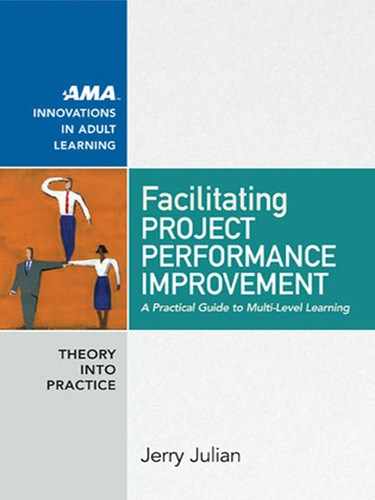Introduction 7
American Management Association
www.amanet.org
Learning at all three of these levels is a necessary and critical principle
of multi- level learning. Underpinning the learning at each are individuals
who learn collectively on behalf of the organization. It is individuals and
teams who press their talents into service in solving the organization’s
most critical challenges. And it is individuals and teams who are able to
learn, adapt, and improve, carrying out work that meets the needs of cus-
tomers and key stakeholders. Each of the three levels of multi- level learn-
ing provides individuals and teams with opportunities for re ection on
not only the content of problems, but the processes by which these prob-
lems get solved, as well as whether or not the right problems are being
addressed in the rst place. Through these levels of learning, individuals
give and receive feedback that, when facilitated by a multi- level learning
coach, can lead to high- impact professional development and performance
improvement for the organization overall.
You may be wondering by now about the overhead required for this
approach. Does this mean that the organization will require a dramatic
cultural shift in order to make it work? The answer to this question is
no. Multi- level learning can be viewed as an “add- on” to a rm’s existing
project management approach and organizational routines. If anything,
multi- level learning helps to streamline, synchronize, and accelerate
work, not add unnecessary processes. E ective multi- level learning pro-
vides members of the organization with the structures and space that they
need if they are to learn, re ect, and improve e ectively—even if this is
not already part of the organization’s cultural fabric. If these practices
are e ectively introduced into the organization, and if senior managers
believe in their bene ts, then it’s possible, and maybe even likely, that a
culture change will emerge as a result of continued deployment. But such
a change is not a requirement for the introduction of multi- level learning.
The most critical requirement is a willingness to learn and improve. If
there’s a will, then this book can help to show you the way.
HOW THIS APPROACH DIFFERS
FROM CONVENTIONAL APPROACHES
Many of the conventional approaches to improving project perfor-
mance that have been advocated by software vendors, standards bodies,
..................Content has been hidden....................
You can't read the all page of ebook, please click here login for view all page.
